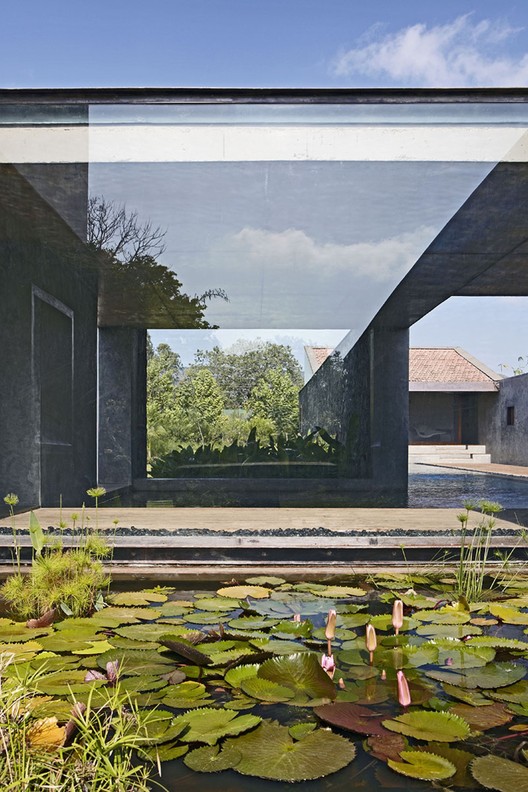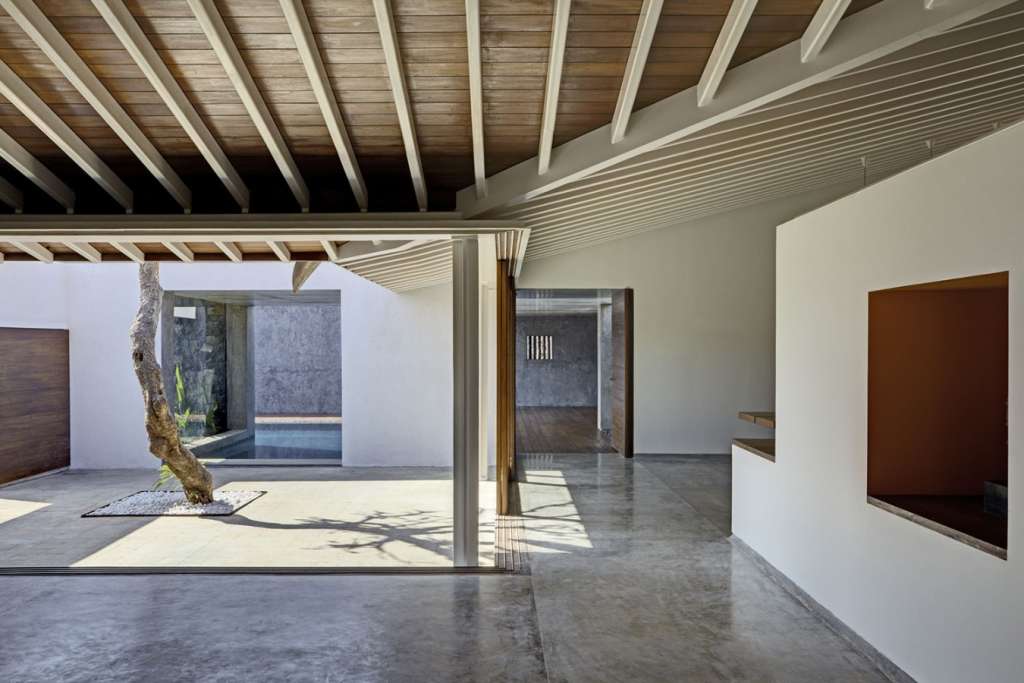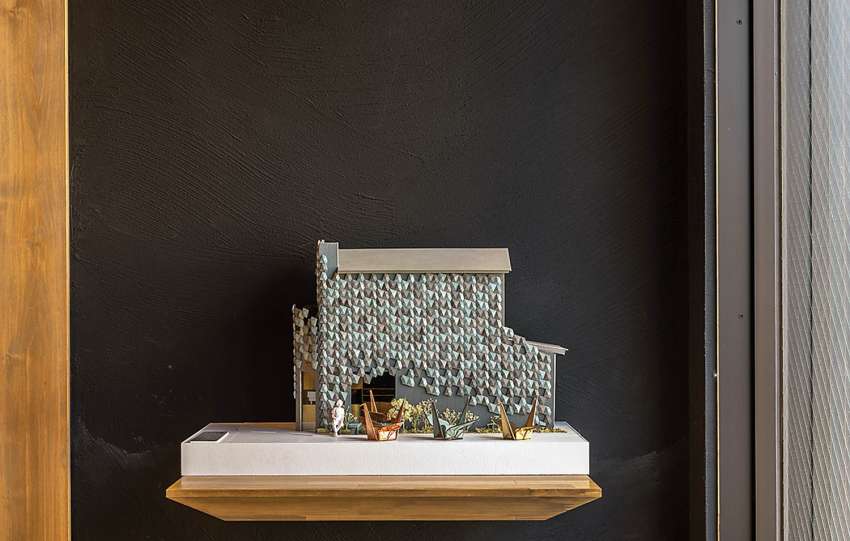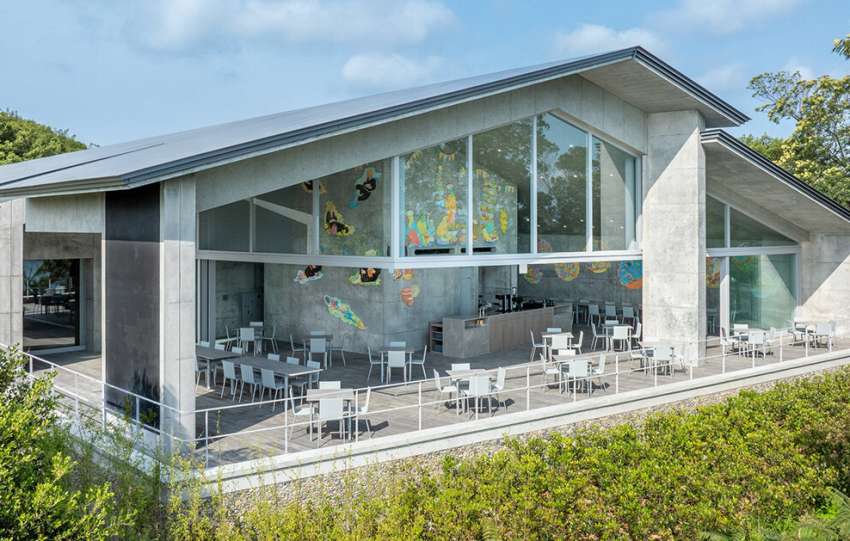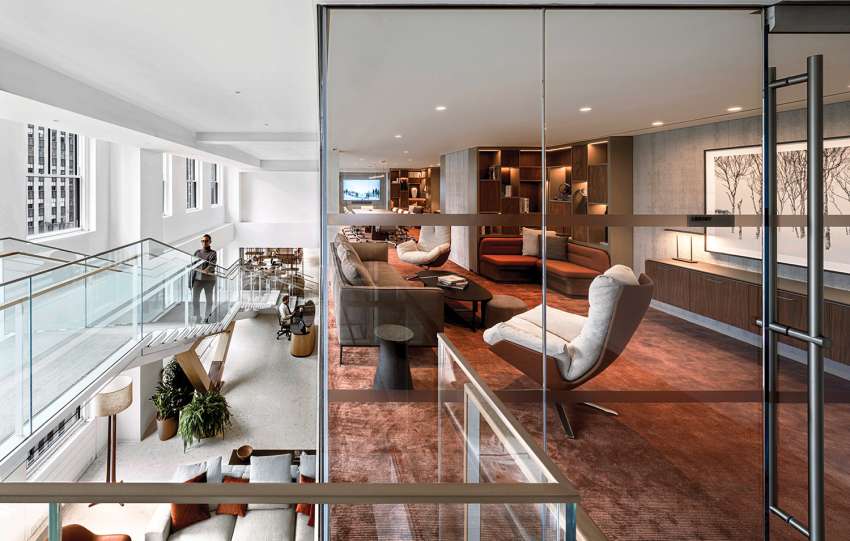Rahul Mehrotra is one of India’s most distinguished architects and urbanists—an innovator whose work transcends design and enters the realm of social transformation, historical reflection, and urban regeneration. As the founder of RMA Architects and a tenured professor at the Harvard Graduate School of Design, Mehrotra has shaped conversations around architecture not just in India, but globally.
Deeply rooted in the Indian context yet globally engaged, his architectural practice embodies inclusivity, adaptability, and sensitivity to time—be it historical, present, or future. His work is not defined by one particular style, but by a consistent intent: to reflect, adapt, and respond to the needs of both people and place.
Early Life and Education
Rahul Mehrotra was born in India in 1959 and raised in Mumbai—then Bombay—a city that would later serve as both muse and subject in his work. His fascination with the city’s layered history, informal settlements, colonial-era architecture, and hybrid culture ignited his passion for urbanism and design.
He earned his undergraduate degree in architecture from the School of Architecture, Ahmedabad, one of India’s most progressive institutions. Following his studies in India, he pursued a Master’s in Urban Design at Harvard University, where he deepened his understanding of planning, design policy, and the role of architecture in social change.
This combination of Indian grounding and global exposure allowed Mehrotra to navigate diverse design vocabularies and spatial conditions with agility and empathy.
Career and Founding of RMA Architects
In 1990, Rahul Mehrotra established RMA Architects in Mumbai. Over the past three decades, RMA has grown into one of India’s most respected architectural firms, known for projects that range from private homes and institutional buildings to conservation, urban planning, and public space design.
One hallmark of Mehrotra’s approach is the idea of “kinetic versus static cities”—a conceptual framework he coined to describe how cities like Mumbai function in multiple overlapping temporalities. He argues that architecture in India must accommodate not just permanent structures but also the fluid, informal, and ever-changing ways people occupy and use space.
This approach is evident in all aspects of his work—from slum rehabilitation and conservation of historic buildings to large cultural institutions and master plans for cities.
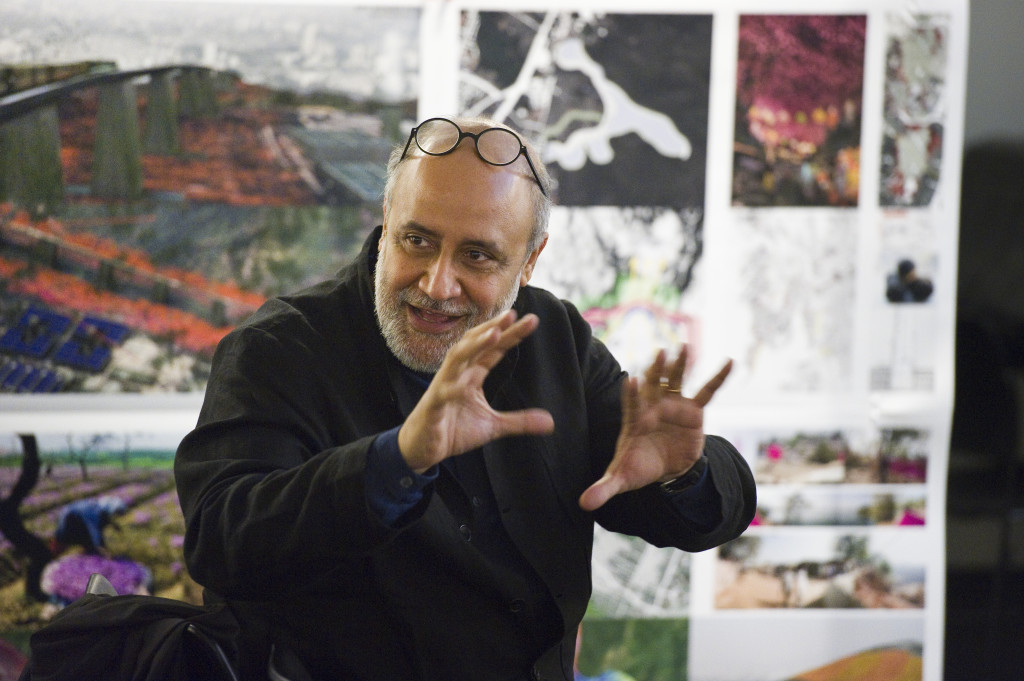
In addition to his architectural practice, Mehrotra is a professor of urban design and planning at the Harvard Graduate School of Design (GSD). He has served as Chair of the Department and continues to influence a generation of architects through his research, teaching, and writing.
Signature Project: Three Court House in Alibaug
Rahul Mehrotra, a visionary urbanist and architect behind RMA Architects, brings his trademark blend of intuition, geometry, and cultural resonance to the Three Court House in Alibaug. This project is a testament to his belief that architecture thrives when it engages context—both physical and poetic—and responds to collective human needs.
Nestled in the coastal landscape of Alibaug, the Three Court House plays with the idea of three interlinked open-air courts, each serving a purpose yet flowing together in spatial harmony. The design avoids imposing a single dominant structure, instead celebrating a sequence of connected voids that respect the vernacular setting and engage with the sun, breeze, and regional materials.
The radial geometry—Mehrotra’s signature intuition—allows the space to feel both grounded and dynamic. Local laterite stone walls, wooden beams, and terracotta terracing tie the building to its local context, while the geometry provides a contemporary formal clarity. This balance between tradition and innovation creates a timeless modernity that doesn’t feel out of place in Alibaug’s seaside environment.
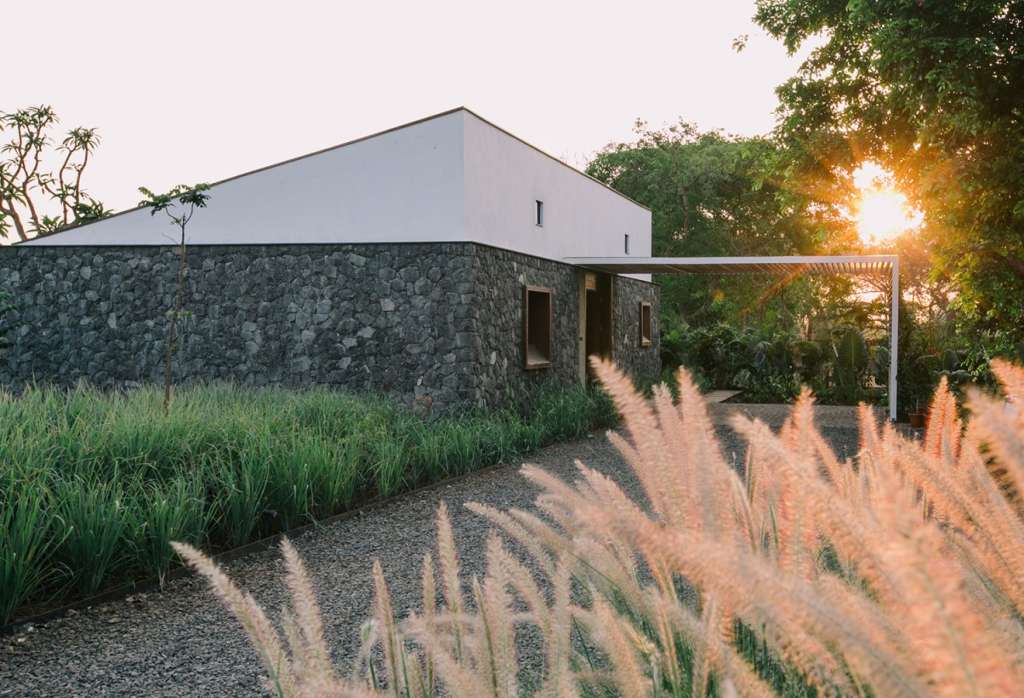
Mehrotra’s approach here is highly intuitive. Rather than dictating form, he listens to the site and the community, letting their needs shape light-filled courts for gathering, movement, and reflection. Each court’s slight offset allows focused glimpses through the building, capturing views of sky, trees, and sea.

The Three Court House stands as a microcosm of Mehrotra’s architectural philosophy: geometry as narrative, locality as identity, and human-centered spaces as the ultimate goal. It exemplifies how design can be deeply rooted yet boldly imaginative—an architecture that negotiates tradition and modernity, solitude and connection, stillness and movement.
